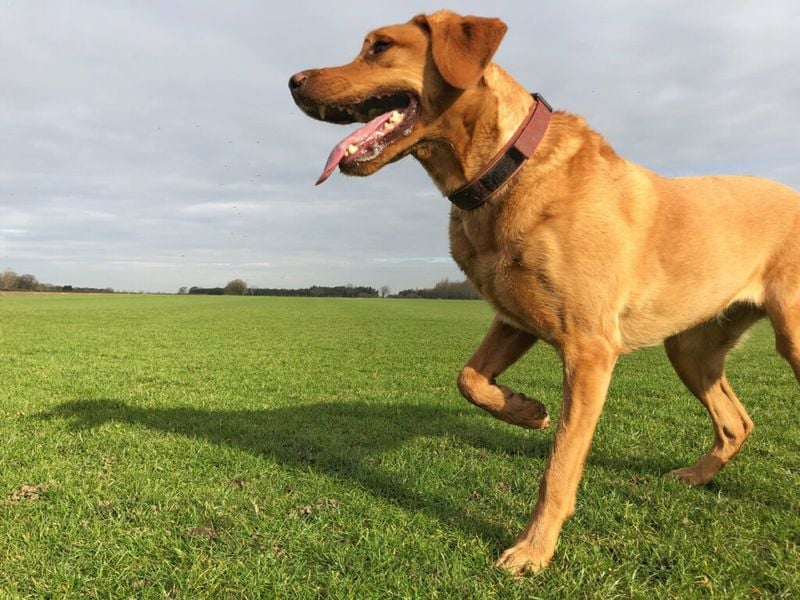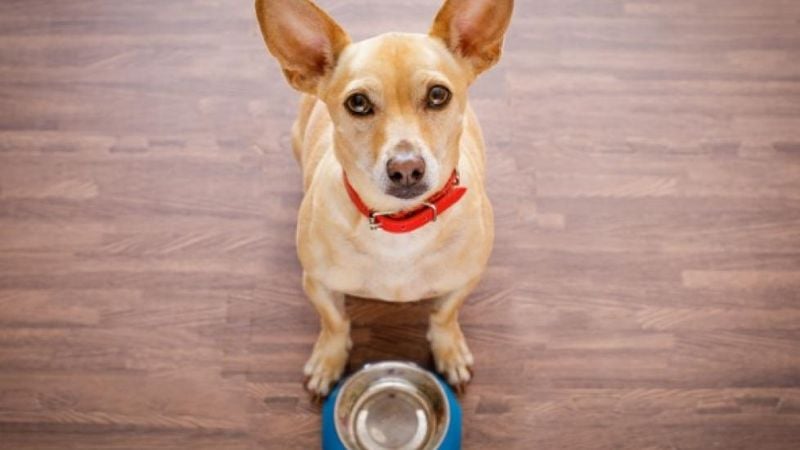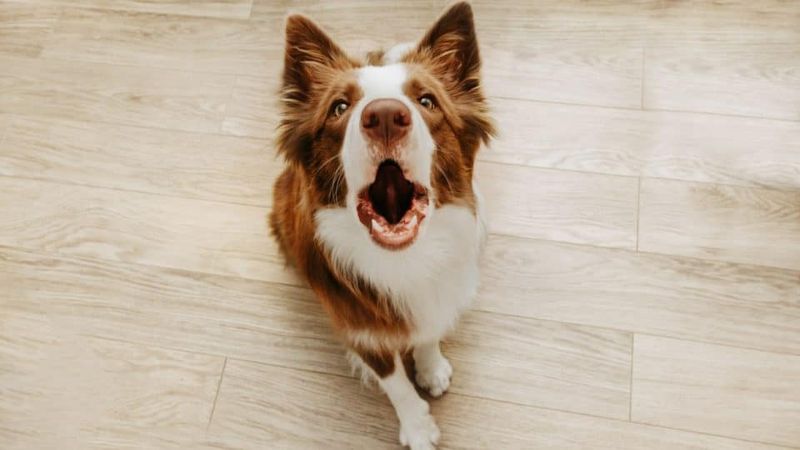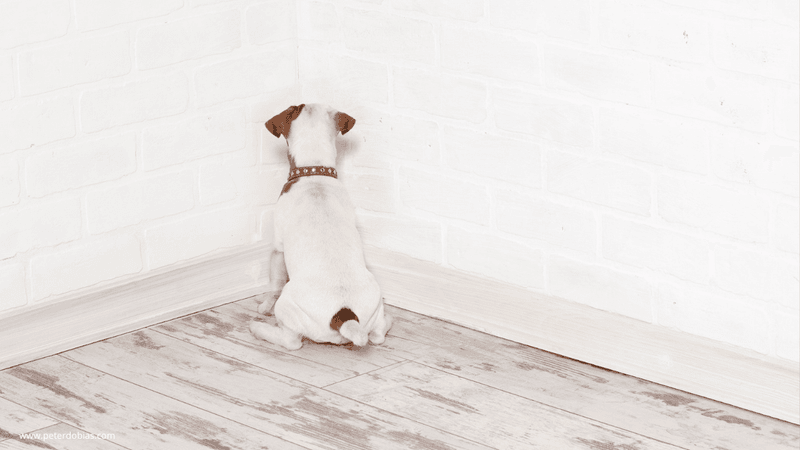13 Dog Behaviors You Should Never Ignore Because They Might Be Warning Signs
Dogs may not speak our language, but they’re constantly trying to tell us how they feel—with their tails, their eyes, and yes, even their quirks.
As pet parents, it’s easy to dismiss odd behaviors as “just a phase” or chalk them up to personality. But sometimes, those little changes are actually your dog’s way of waving a red flag and saying, “Hey, something’s not right.”
Whether you’ve been a lifelong dog owner or you’re new to the world of tail wags and tennis balls, it’s crucial to remember that behavior is communication.
When a normally playful pup suddenly hides under the couch, or a calm companion starts barking at shadows, it’s not just strange—it’s meaningful.
Dogs can’t text us their symptoms or explain what’s hurting, so they use behavior as a stand-in for speech. Unfortunately, we often overlook the signs. We assume they’re being “dramatic,” or that they’ll “get over it.”
But ignoring key signals can lead to missed opportunities for early intervention—and that can have serious consequences for your dog’s health and well-being.
This article isn’t meant to scare you. It’s here to empower you.
By learning to recognize the subtle (and not-so-subtle) behaviors that often indicate something deeper is going on, you’ll be better equipped to care for your furry friend in a way that’s proactive, compassionate, and informed.
So, whether your pup is acting strangely or you just want to be a more attentive dog parent, keep reading.
These 13 behavioral signs aren’t just curious—they’re critical. And paying attention to them could make all the difference.
1. Sudden Aggression
When your cheerful companion suddenly turns aggressive, it’s not just a bad day. This behavior might reflect pain, fear, or an underlying medical condition. Imagine the confusion they might feel if they’re hurting but can’t tell you where it hurts.
Their growling, snapping, or biting is a desperate cry for help. It’s essential to assess the situation immediately. Perhaps a visit to the vet is in order to rule out health concerns.
Ignoring this behavior could strain the bond between you and your pet. Understand their needs and protect their well-being.
2. Excessive Panting (Without Exercise or Heat)
Panting is a normal part of a dog’s cooling process after physical activity or exposure to heat.
However, when your furry friend pants excessively indoors or while resting, it might indicate deeper issues. It could signal anxiety, heart disease, or respiratory problems.
This behavior, often overlooked, is your dog’s way of telling you something is amiss. The incessant panting can be distressing for both of you.
Consider consulting your vet if this unusual behavior persists without an apparent reason. Your dog’s health might depend on it.
3. Limping or Favoring a Limb
Even the toughest dogs will limp if something is seriously wrong. Limping isn’t just a temporary inconvenience for your pet. It can range from a minor sprain to more severe conditions like arthritis or even a fracture.
Dogs are known for masking their pain, so ignoring this sign might mean missing a vital health cue. Observing your dog favoring a limb is a sign that shouldn’t be taken lightly.
A vet visit can diagnose the issue early and provide relief. Don’t let your dog suffer in silence.
4. Hiding or Withdrawal
If your once social pup starts seeking solitude, it could be more than a preference for quiet time. Hiding or withdrawal might indicate anxiety, illness, or even depression.
This behavior is a change from the norm and should prompt you to investigate further. Consider what might be causing emotional distress or discomfort.
By addressing the root cause, you can bring back their wagging tail and cheerful demeanor. Be attentive to these subtle cries for help.
5. Changes in Appetite
A sudden shift in your dog’s eating habits is more than just a picky phase. Whether they’re eating less or seem overly hungry without cause, it’s a sign worth noting.
Changes in appetite might stem from stress, dental issues, or serious internal problems like diabetes or cancer. Ignoring these signals may delay necessary medical intervention.
Pay attention to what your dog is telling you through their eating habits. A timely vet visit can uncover underlying health concerns.
6. Unusual Lethargy
When your dog swaps playful energy for endless naps, it’s a signal to take seriously. Lethargy isn’t just about being lazy; it can be a symptom of illness, infection, or hormonal imbalance.
The absence of excitement for walks or play should alert you to potential issues. Dogs are naturally energetic, so a sudden change in behavior requires attention.
Consult your vet to uncover the underlying cause. Your dog’s zest for life depends on timely action.
7. Obsessive Licking or Scratching
When your dog can’t resist licking or scratching a particular spot, it’s more than just a quirk. This repetitive behavior might indicate allergies, parasites, or stress-induced compulsive grooming.
Ignoring these signs can lead to skin damage or infections. Your dog’s attempt to find relief can worsen the underlying issue.
Addressing these symptoms with professional help can restore your dog’s comfort and peace. Don’t let their cries for help go unnoticed.
8. Excessive Whining or Barking
Vocal outbursts from your dog are more than just noisy interruptions. Excessive whining or barking often signals pain, anxiety, or unmet needs.
Your dog’s voice is a powerful tool for communication. Understanding the reasons behind their vocalizations can strengthen your bond.
By addressing the source of their distress, you help bring tranquility back to your home. Don’t dismiss their attempts to communicate; they’re telling you something important.
9. Pacing or Restlessness
When your dog can’t settle down and paces the floor, it’s not just about burning excess energy. Restlessness may suggest anxiety, discomfort, or cognitive decline, especially in older dogs.
This behavior is like a silent plea for attention to underlying issues. Observing their movements can provide insights into their well-being.
Consulting a vet might uncover hidden health problems. Pacing is a sign that shouldn’t be ignored.
10. Inappropriate Elimination
Accidents happen, but if your housetrained pet starts eliminating indoors, it’s a call for concern. This behavior might indicate urinary tract infections, digestive issues, or emotional distress.
Rather than scolding, consider the stress or health issues your dog might be experiencing. Their behavior is a clue that something is wrong.
Acting promptly can address the root cause and restore harmony in your home. Pay attention to their unspoken needs.
11. Staring at Walls or “Zoning Out”
Dogs staring at walls or seeming zoned out might be more than just quirky behavior. This action could point to seizures, vision loss, or cognitive dysfunction, particularly in senior dogs.
It’s a curious behavior that warrants investigation. Paying attention to these episodes can lead to early diagnosis and treatment.
Don’t dismiss these signs as mere oddities; they might be indicative of more serious health concerns.
12. Changes in Sleeping Patterns
A significant shift in your dog’s sleep habits can be a red flag for health issues. Whether they nap excessively or struggle to sleep, it might indicate pain, anxiety, or hormonal changes.
Monitoring these changes provides insight into their health and comfort. Don’t let these signs go unchecked.
A vet consultation can reveal underlying problems and guide you in helping your dog rest better. Their quality of life depends on addressing these changes.
13. Unexplained Weight Loss or Gain
Sudden changes in your dog’s weight, without a diet or activity shift, are cause for concern. Whether they lose or gain weight rapidly, it might signal thyroid problems, parasites, diabetes, or even cancer.
This change is significant and deserves immediate attention. Ignoring it could delay crucial medical intervention.
Regular vet check-ups can catch these issues early. Keeping an eye on their weight helps maintain a healthy and happy life.



















